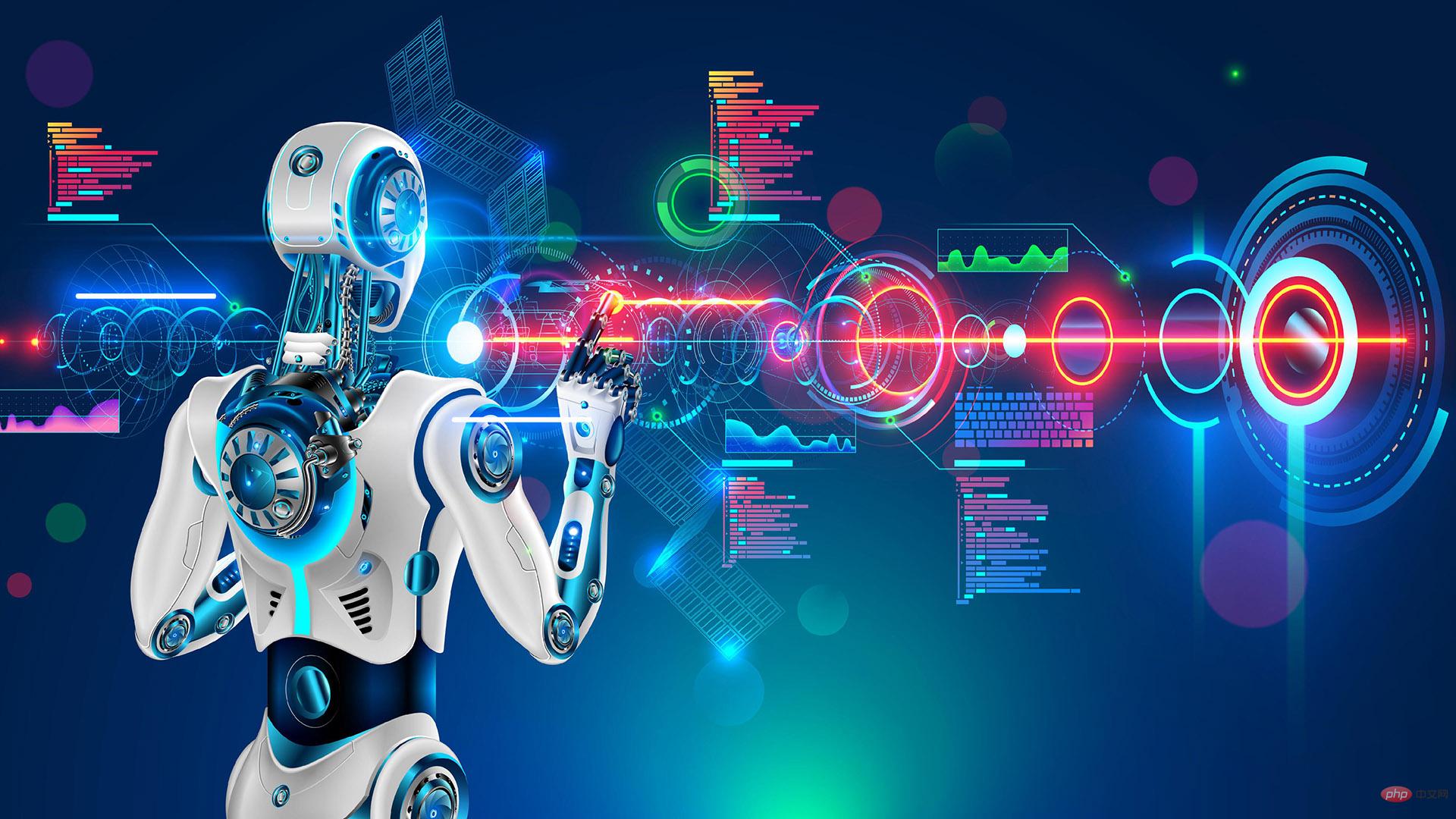Home >Technology peripherals >AI >How does artificial intelligence improve our daily lives?
How does artificial intelligence improve our daily lives?
- WBOYWBOYWBOYWBOYWBOYWBOYWBOYWBOYWBOYWBOYWBOYWBOYWBforward
- 2023-04-21 08:40:151373browse
There is no doubt that 2023 will be the year when advances in artificial intelligence reshape manufacturing, retail, finance, marketing, media and many other mature industries.

#Artificial intelligence will continue to interest and even perplex people—who don’t yet know how to exploit it. However, innovation driven by technological progress and specific applications in a wide range of industries has become an irreversible trend and often achieves good results. We should be open to generative AI, as developments in the coming months and years may bring advancements to society as a whole.
Generative AI gets creative...
The fascinating thing about generative AI is that it does not analyze existing data, but based on previous work Create new original content using machine learning algorithms trained in. Developers have used it to generate images or text, write code, draw and illustrate, and even create video and sound. Of course, it's not perfect and often produces varying results. Over the next few years, though, generative AI will develop human-like content creation capabilities to facilitate digital content creation. This means that entire infrastructures and ecosystems based on generative AI may emerge to facilitate access to models and services to people without technical expertise. It also empowers everyone to become more efficient and productive.
Artificial intelligence also has a sixth sense...
Just as humans have developed multiple senses to explore, enjoy and survive the world, artificial intelligence is also able to learn from different sources to achieve evolution. Multimodal pre-trained models combine different types of data, including images, text, speech, and numerical data, to understand the world. In this way, one can enter the field of artificial intelligence. Unlike previous single modules, these AI models will devour many different types of data and process them simultaneously, bringing new levels of speed and accuracy to many applications. This can have a positive impact on organizations when it comes to processing and understanding data, sharing information, enhancing internal operations, and even streamlining and optimizing the customer experience.
Today’s artificial intelligence is about improving productivity
Multi-modal pre-trained models outperform single-modal models in understanding, extracting, generating and answering questions. By giving enterprises access to advanced models and data analytics, multi-modal pre-trained models can help increase enterprise productivity, agility and efficiency in today's digital economy.
Artificial intelligence helps to better understand the cloud
Today, more and more enterprises are moving to the cloud. However, the cloud is becoming a patchwork of integrated services that are now increasingly difficult to separate. It can be difficult to navigate, and even cloud experts can only absorb and retain so much information at a time. As recruiting capable IT staff becomes more challenging and cloud talent is in short supply, it's understandable why more cloud service providers are using AI technology to reduce complexity and manage cloud deployments more efficiently.
Artificial Intelligence Enhanced Digital Imaging
It’s fascinating to think that something as small as a smartphone can take great photos and videos. This capability is attributed to computational imaging. The emergence of computational imaging will further change the way humans and machines perceive the world. Using technologies like artificial intelligence and signal processing, digital imaging enables smartphones to work like professional-grade cameras. Digital imaging is revolutionizing digital imaging by making this high-tech tool available to everyone, for example by enhancing portrait lighting to reduce vibration.
Artificial intelligence is ready to take off
In order to improve the processing efficiency of artificial intelligence, a new computer architecture called "memory processing" has emerged. Traditional computer system architecture uses separate processors and memory units to perform data processing tasks. This requires constant transfer of data back and forth between the processor and main memory. In-memory processing overcomes data transfers by bringing processing directly to the location where the data is stored, thereby reducing power consumption and improving system performance. This kind of in-memory processing will become a critical and pervasive computing architecture in the era of artificial intelligence. Developers have been building in-memory computing chips to power a wide range of artificial intelligence applications, from virtual and augmented reality to astronomical data calculations.
Of course, there is much debate about the best applications for AI. But as we have found with many emerging technologies in the past, I believe generative AI will also find a place to coexist with other mature technologies. As it matures, it will complement the skills of the human workforce, helping us be more efficient and creative in the workplace or at home.
The above is the detailed content of How does artificial intelligence improve our daily lives?. For more information, please follow other related articles on the PHP Chinese website!
Related articles
See more- Technology trends to watch in 2023
- How Artificial Intelligence is Bringing New Everyday Work to Data Center Teams
- Can artificial intelligence or automation solve the problem of low energy efficiency in buildings?
- OpenAI co-founder interviewed by Huang Renxun: GPT-4's reasoning capabilities have not yet reached expectations
- Microsoft's Bing surpasses Google in search traffic thanks to OpenAI technology

